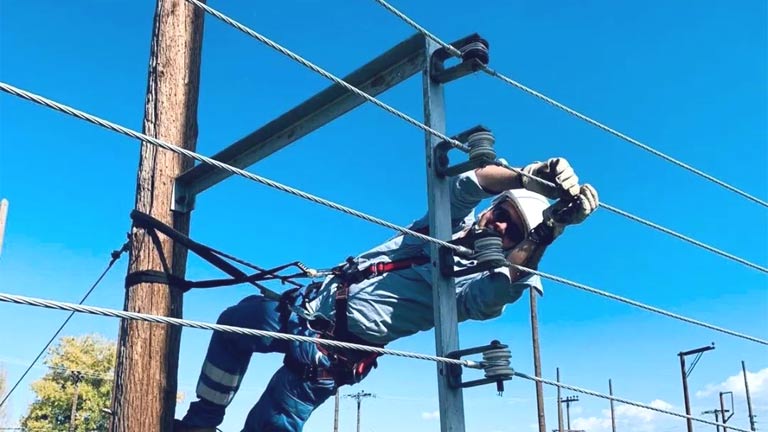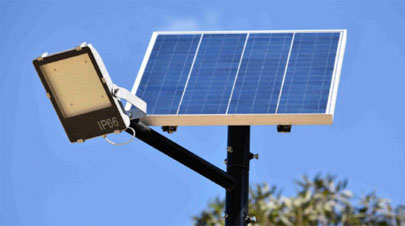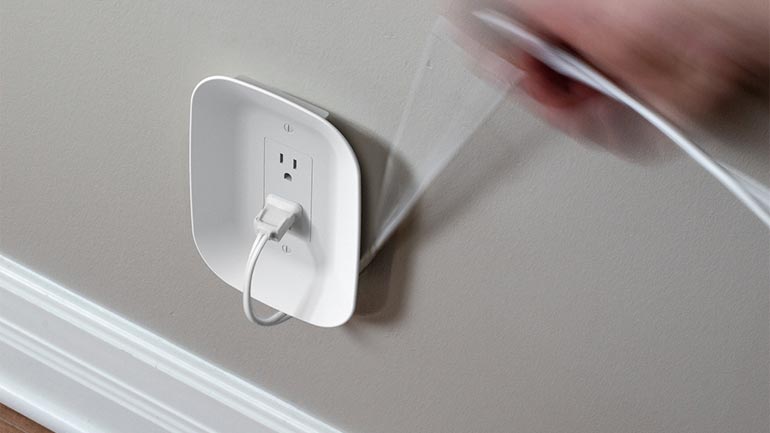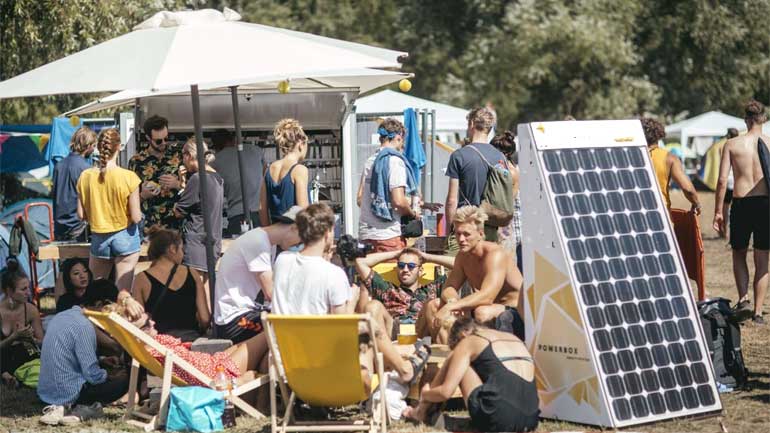
Power lines are critical infrastructure that provides electricity to millions of homes and businesses. As such, regular inspections are necessary to ensure these systems’ reliability and safety. However, a powerline inspection can be challenging and dangerous, as power lines are often located in remote and hazardous locations. Therefore, it is essential to follow best practices and use the right tools and techniques to ensure a safe and effective inspection. And this blog will discuss the best practices for inspecting powerlines, including tips and tricks for maximizing safety and efficiency.
Safety First
When inspecting powerlines, safety should always come first. Power lines carry high-voltage electricity, which can be deadly. Therefore, following safety protocols and using the proper personal protective equipment (PPE) is essential. Some safety best practices for inspections include:
- Wear appropriate PPE, including safety glasses, hard hats, insulated gloves, and clothing.
- Use safety harnesses when working at heights or in aerial lifts.
- Follow lockout/tagout procedures to ensure the power is off before working on power lines.
- Always work in teams of at least two people, one acting as a spotter and the other performing the inspection.
- Use insulated tools to avoid electrical shock.
Planning and Preparation
Effective planning and preparation are essential for a successful inspection. This includes selecting the right tools and equipment, preparing a detailed inspection plan, and identifying potential hazards. Some of the best practices for planning and preparation include:
- Conducting a hazard assessment before beginning the inspection to identify potential risks and develop mitigation strategies.
- Preparing a detailed inspection plan outlining the inspection scope, equipment and tools required, and methodology.
- Selecting the right tools and equipment, including drones, thermal cameras, and other inspection devices.
- Develop a communication plan that outlines how team members will communicate during the inspection.
- Identifying a safe and accessible staging area for equipment and team members.
Data Collection and Analysis
Collecting and analyzing accurate data is critical for identifying potential issues and making informed decisions about powerline maintenance and repair. Some of the best data collection and analysis practices include:
- Using high-quality inspection tools and equipment, such as drones and thermal cameras, to collect accurate and reliable data.
- Standardizing the data collection process to ensure consistency and accuracy across inspections.
- Data management and analysis software organizes, stores, and analyzes inspection data.
- Training team members on data analysis techniques and tools to ensure that they can effectively interpret and analyze inspection data.
- Develop a reporting system that communicates inspection findings and recommendations to stakeholders.
Continuous Improvement
Finally, improving the powerline inspection process by incorporating feedback, adopting new technologies, and leveraging industry best practices is essential. And some of the best practices for continuous improvement include:
- Conduct regular debriefs after inspections to identify areas for improvement.
- Soliciting feedback from team members, stakeholders, and customers to identify opportunities for improvement.
- Staying up to date with industry best practices and new technologies to ensure that the inspection process is efficient and effective.
- Using data analysis to identify trends and areas for improvement.
- Develop a continuous improvement plan that outlines specific goals and strategies for improving the inspection process over time.
Conclusion
Inspecting powerlines is essential for ensuring the safety and reliability of the electrical infrastructure. By following the best practices for inspections, organizations can maximize safety and efficiency, collect accurate data, and continuously improve the inspection process. Safety should always come first, and organizations should prioritize planning and preparation, data collection and analysis, and continuous improvement to ensure a successful inspection. By following these best practices, organizations can minimize downtime, reduce costs, and ensure the reliability of their power systems.




